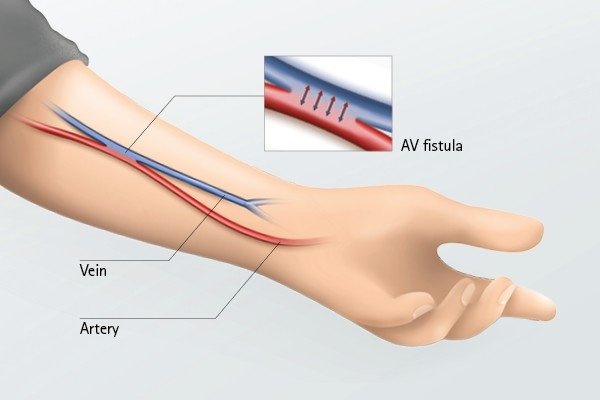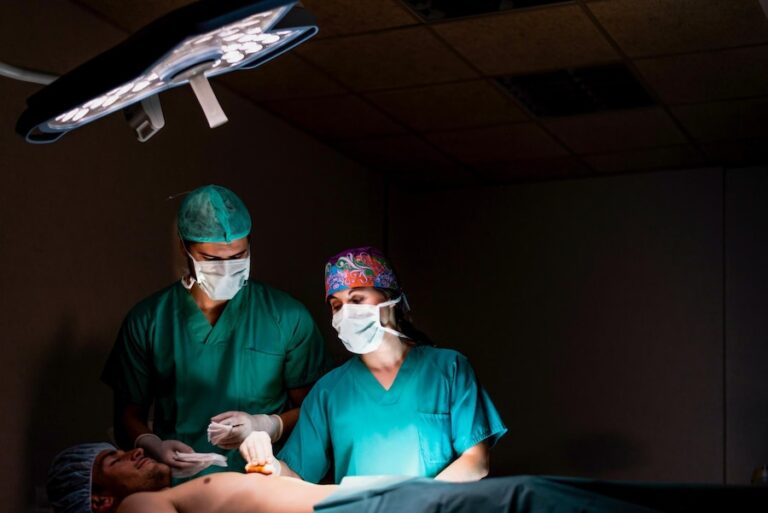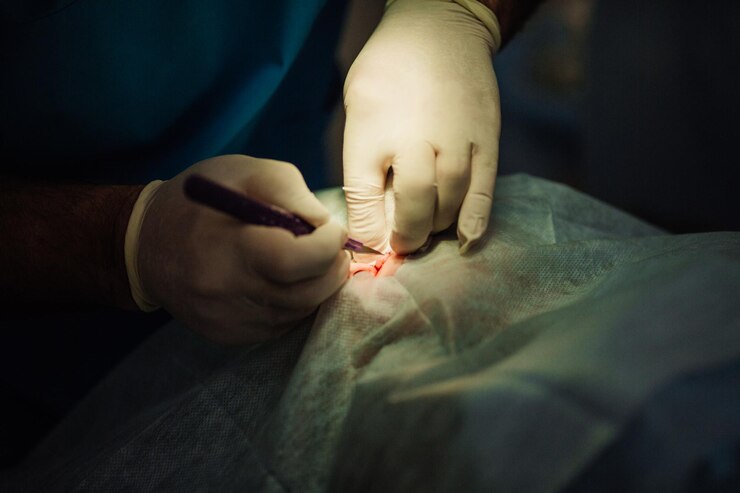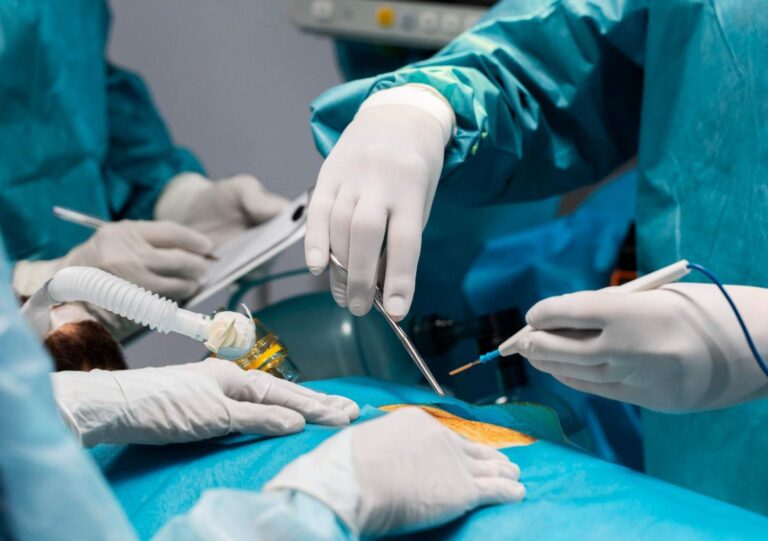Advances In Fistula Surgery: Emerging Techniques And Technologies
Fistulas are abnormal connections or passages that form between organs or tissues, often resulting from injury, infection, or surgical complications. While fistulas can occur in various parts of the body, they commonly affect the gastrointestinal, urinary, and reproductive systems, causing significant discomfort and complications for affected individuals. Over the years, advancements in surgical techniques and technologies have transformed the management of fistulas, offering new hope for patients with these challenging conditions. In this article, we will explore the latest advances in fistula surgery, including g emerging techniques and technologies that are reshaping the landscape of treatment.
Endoscopic Fistula Closure
Endoscopic procedures have revolutionized the management of fistulas, offering minimally invasive alternatives to traditional open surgery. Endoscopic techniques, such as endoluminal stenting and fistula tractotomy, allow for the direct visualization and closure of fistulous tracts using specialized instruments and devices. These procedures offer several advantages, including shorter recovery times, reduced risk of complications, and improved cosmetic outcomes compared to open surgery. Endoscopic fistula closure is particularly effective for select cases of gastrointestinal and genitourinary fistulas, providing patients with a less invasive treatment option.
Biologic Therapies
Biologic therapies, including stem cell-based treatments and growth factor injections, show promise in promoting tissue healing and fistula closure. Stem cell therapy involves the transplantation of autologous or allogeneic stem cells into the fistula tract, where they differentiate into specialized cells and promote tissue regeneration. Similarly, growth factors such as platelet-rich plasma (PRP) can stimulate tissue repair mechanisms and accelerate wound healing. While research into biologic therapies for fistula management is still ongoing, early results suggest potential benefits in enhancing fistula closure rates and reducing recurrence.
Magnetic Compression Anastomosis
Magnetic compression anastomosis (MCA) is an innovative technique used to create non-invasive connections between adjacent hollow organs or lumens, such as the gastrointestinal tract. In the context of fistula surgery, MCA offers a novel approach to closing enterocutaneous fistulas by magnetically approximating the intestinal walls and promoting tissue fusion. This technique eliminates the need for traditional surgical anastomosis, reducing the risk of complications such as leakage and stricture formation. Magnetic compression anastomosis holds promise as a safe and effective alternative for select patients with enterocutaneous fistulas, offering the potential for improved outcomes and reduced hospital stays.
Fistula Plug and Sealants
Fistula plugs and sealants are bioabsorbable materials designed to occlude fistulous tracts and promote tissue healing. These implants are composed of biocompatible materials such as porcine small intestinal submucosa (SIS) or synthetic polymers, which provide structural support and encourage tissue ingrowth. Fistula plugs and sealants are inserted into the fistula tract during minimally invasive procedures, where they conform to the shape of the fistula and facilitate closure. While the efficacy of fistula plugs and sealants varies depending on the size and location of the fistula, they represent a valuable adjunctive therapy for enhancing fistula closure rates thus lessening the requirement for more intrusive surgical procedures.
Image-Guided Navigation Systems
Advancements in image-guided navigation systems have facilitated the precise localization and mapping of fistulous tracts, enabling more targeted and effective surgical interventions. Techniques such as intraoperative ultrasound, fluoroscopy, and magnetic resonance imaging (MRI) allow surgeons to visualize the anatomy of fistulas in real time and accurately plan the surgical approach. Image-guided navigation systems enhance the safety and efficacy of fistula surgery by minimizing damage to surrounding tissues, optimizing the placement of surgical instruments, and improving postoperative outcomes. These technologies are particularly beneficial for complex fistulas or cases where traditional diagnostic modalities may be inadequate.
Conclusion
The field of fistula surgery has witnessed remarkable advancements in recent years, driven by innovative techniques and technologies aimed at improving patient outcomes and quality of life. From endoscopic closure methods and biologic therapies to magnetic compression anastomosis and image-guided navigation systems, emerging approaches offer new hope for patients with challenging fistulous conditions. As research continues and technology evolves, the future of fistula surgery holds promise for further innovation and refinement, ultimately benefiting patients through enhanced treatment options and improved long-term outcomes.







